ONE CITY, THREE DICTATORS

 If you had lived in Vienna in 1913, you would have enjoyed a cultural treat. Capital of the Austro-Hungarian Empire, it was the crown jewel of central Europe. Art, music, literature, fine food and impressive architecture all flourished, happily unaware that a world war would very soon erupt and drastically change everything. But for the moment, it was a grand time to be Viennese.
If you had lived in Vienna in 1913, you would have enjoyed a cultural treat. Capital of the Austro-Hungarian Empire, it was the crown jewel of central Europe. Art, music, literature, fine food and impressive architecture all flourished, happily unaware that a world war would very soon erupt and drastically change everything. But for the moment, it was a grand time to be Viennese.
Vienna also held a dubious distinction that same year, although nobody knew it. Several men lived there who would go on to profoundly shape the 20th Century. They were a trio of tyrants, two of whom became the worst the world has ever seen. And get this: they all lived in the same section of the city!
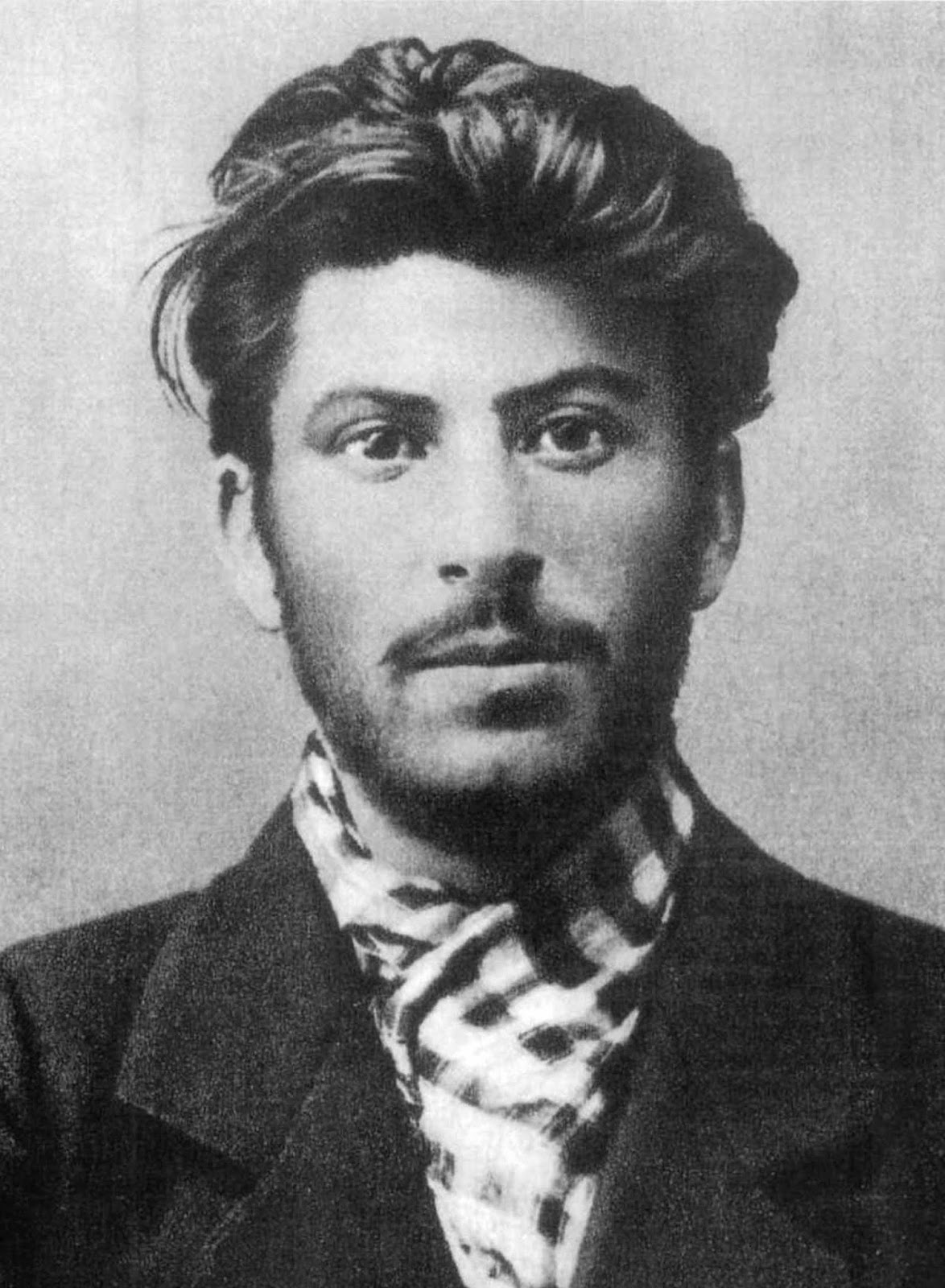 It started that January when a Greek named Stavros Papadopoulos arrived in peasant’s clothes and carrying a cheap suitcase. He was there to meet Russian dissident Leon Trotsky, editor of the Communist Pravda newspaper. But Stavros wasn’t the visitor’s real name. He was travelling in disguise to evade Russian spies. Stavros was actually Iosif Vissarionovich Dzhugashvili, known to his Communist comrades in Russia as Josef Stalin.
It started that January when a Greek named Stavros Papadopoulos arrived in peasant’s clothes and carrying a cheap suitcase. He was there to meet Russian dissident Leon Trotsky, editor of the Communist Pravda newspaper. But Stavros wasn’t the visitor’s real name. He was travelling in disguise to evade Russian spies. Stavros was actually Iosif Vissarionovich Dzhugashvili, known to his Communist comrades in Russia as Josef Stalin.
The men met at one of Vienna’s wildly popular cafes to plot revolution back home in Russia. They were joined by a third man, Vladimir Ilych Ulyanov, now known as Vladimir Lenin. Together, they schemed in an environment that was perfect for hosting cloak and dagger activity.
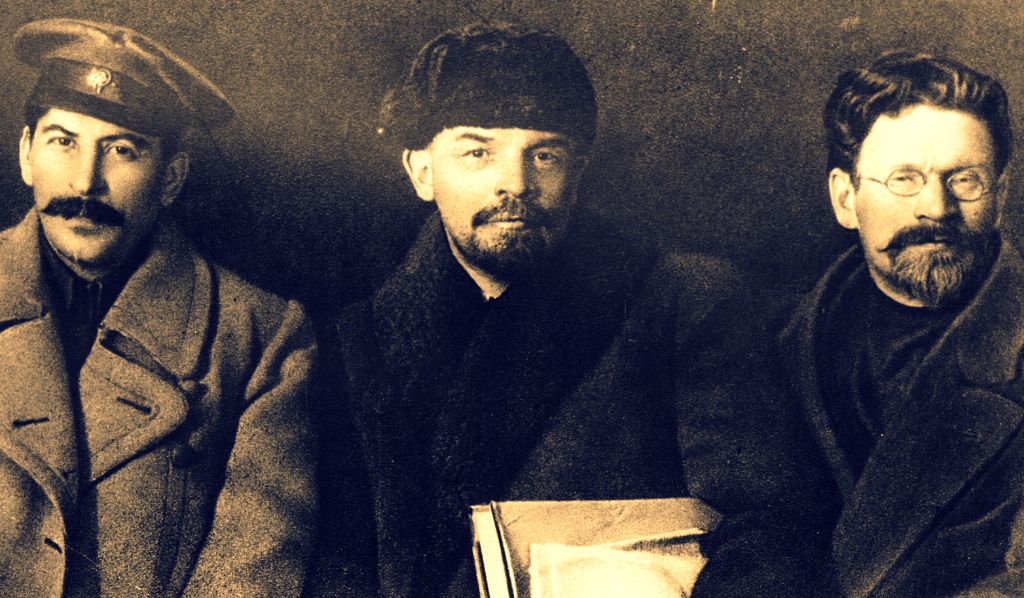 They would ultimately succeed in toppling Russia’s monarchy and establishing the Soviet Union. Lenin would become its first leader followed by Stalin, one of the bloodiest monsters of all time. And he would eventually order Trotsky’s murder in 1940. But in 1913 they were all friends conspiring toward a common goal.
They would ultimately succeed in toppling Russia’s monarchy and establishing the Soviet Union. Lenin would become its first leader followed by Stalin, one of the bloodiest monsters of all time. And he would eventually order Trotsky’s murder in 1940. But in 1913 they were all friends conspiring toward a common goal.
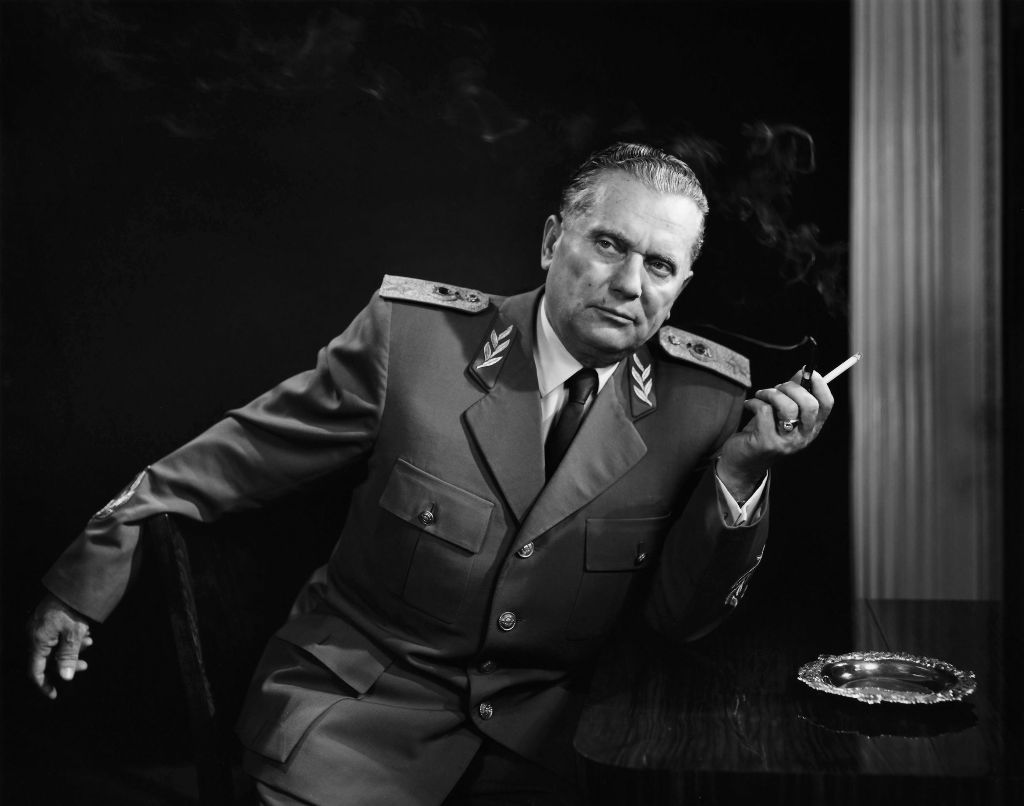 Nearby, a 20 year-old Slavic man lived with his older brother while working in a car factory. His name was Josip Broz. After later fighting in World War I, he returned to his native Yugoslavia, became an ardent Communist, and was a highly successful guerilla leader fighting the Nazis during World War II under the alias Tito. Afterward, he adopted Tito as his surname and was a driving force in creating Yugoslavia’s Communist government.
Nearby, a 20 year-old Slavic man lived with his older brother while working in a car factory. His name was Josip Broz. After later fighting in World War I, he returned to his native Yugoslavia, became an ardent Communist, and was a highly successful guerilla leader fighting the Nazis during World War II under the alias Tito. Afterward, he adopted Tito as his surname and was a driving force in creating Yugoslavia’s Communist government.
But Tito refused to be Moscow’s stooge. And that got him in trouble with the Kremlin. Stalin dispatched several assassins to kill the Yugoslav leader. He finally sent this blunt message to the Soviet dictator: “Stop sending people to kill me. We’ve already captured five of them … If you don’t stop sending killers, I’ll send one to Moscow, and I won’t have to send a second.” Incredibly, Stalin complied.
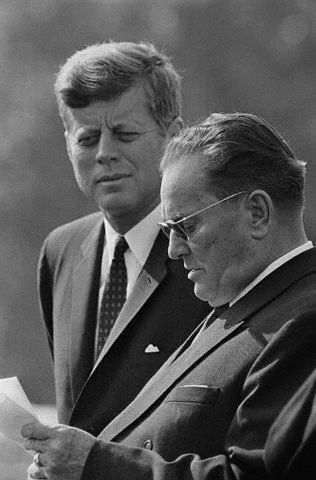 Tito was Yugoslavia’s dictator from 1953 until his death in 1980. He led the Non-Aligned Movement, a collection of Third World nations that tried to walk a tightrope without siding with either the U.S. or the U.S.S.R. As a result, Washington and Moscow both courted his favor. But Tito, though always a Communist, never sided with either camp.
Tito was Yugoslavia’s dictator from 1953 until his death in 1980. He led the Non-Aligned Movement, a collection of Third World nations that tried to walk a tightrope without siding with either the U.S. or the U.S.S.R. As a result, Washington and Moscow both courted his favor. But Tito, though always a Communist, never sided with either camp.
Back to 1913 Vienna, a 24 year-old small town Austrian was trying to make it in the big city. He had dreams of becoming a famous painter, though he had twice failed the entrance exam to Vienna’s Academy of Fine Arts. Now he painted cheap watercolors and sold them to tourists while also hanging wallpaper and doing other menial jobs. In his free time he hung out in Vienna’s cafes, soaking in hate speech about Jews and other minorities.
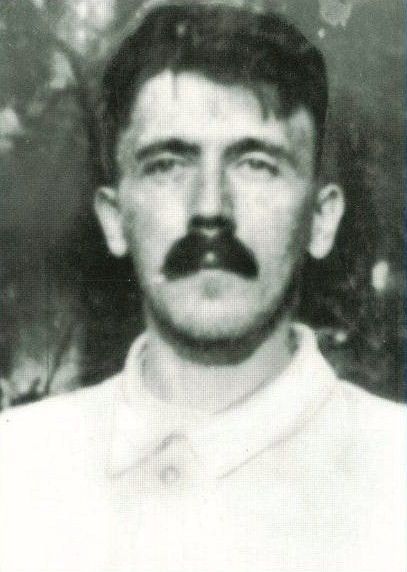 By now you’ve guessed that troubled young man was Adolf Hitler. And you now what he went on to do.
By now you’ve guessed that troubled young man was Adolf Hitler. And you now what he went on to do.
 It’s a shame Hitler, Stalin nor Tito ever availed themselves of the services of yet another neighbor who lived in their section of the city. As the father of modern psychoanalysis, Dr. Sigmund Freud was nearing the peak of his professional fame in 1913 and might have helped them tackle their inner demons.
It’s a shame Hitler, Stalin nor Tito ever availed themselves of the services of yet another neighbor who lived in their section of the city. As the father of modern psychoanalysis, Dr. Sigmund Freud was nearing the peak of his professional fame in 1913 and might have helped them tackle their inner demons.
It’s amazing to think of all those influential men living in the same part of the same city at the very same time. There’s no evidence any of them ever crossed paths. But wouldn’t you love to have heard their conversation if they had!
Did you find this enjoyable? Please continue to join me each week, and I invite you to read Tell it Like Tupper and share your review!
Curious about Tell It Like Tupper? Here’s a chance to see for yourself. Take a sneak peek at a couple chapters in this free downloadable excerpt.

Thunder at Twilight: Vienna 1913-1914 by Frederic Morton
https://www.amazon.com/Thunder-at-Twilight-Frederic-Morton/dp/0306823268/
Also:
A Nervous Splendor: Vienna 1888-1889 by Frederic Morton
https://www.amazon.com/gp/product/014005667X/
Thanks for sharing.